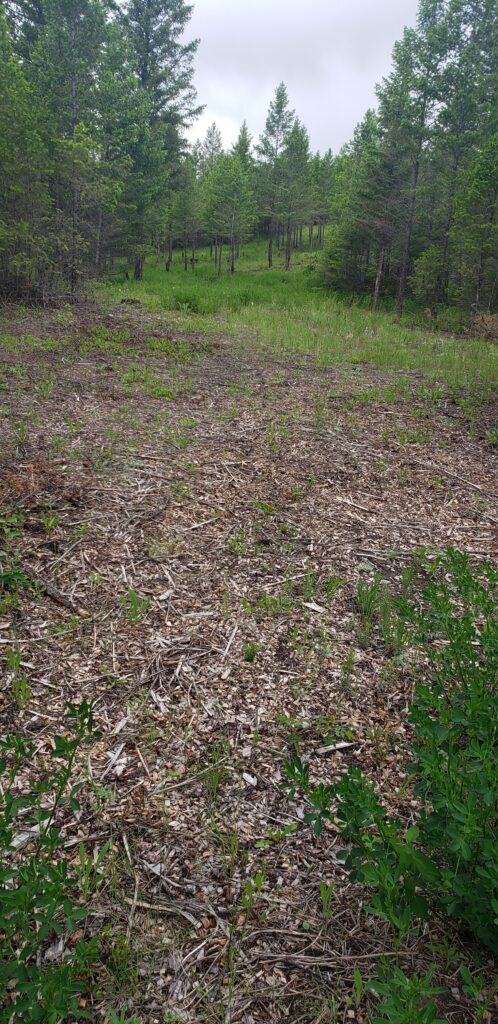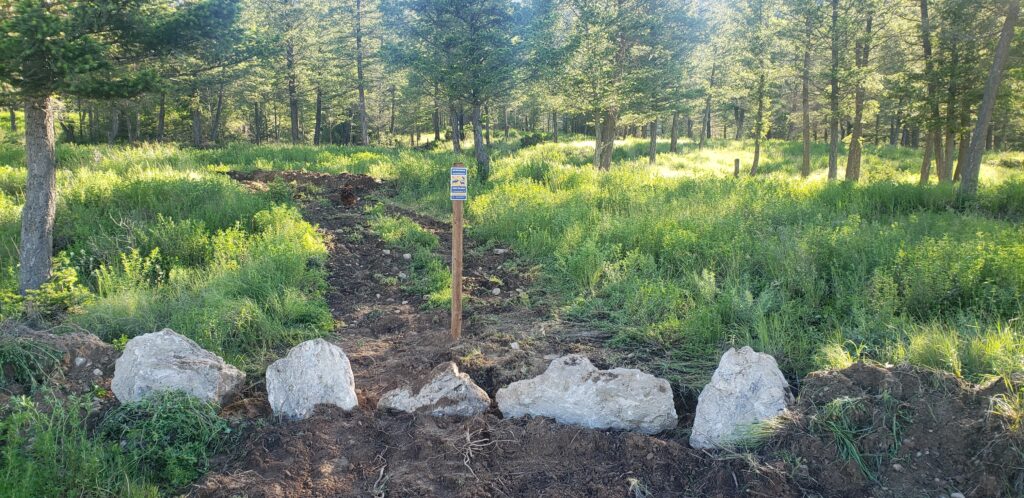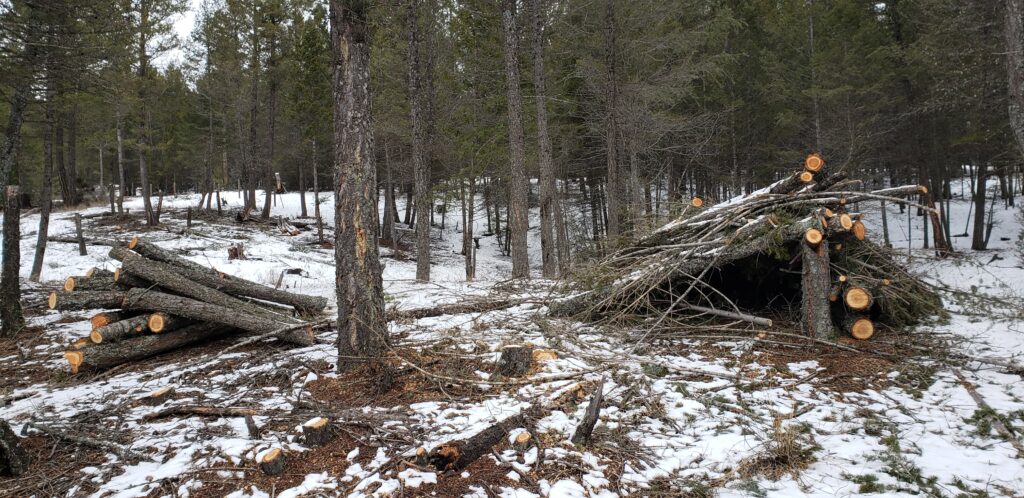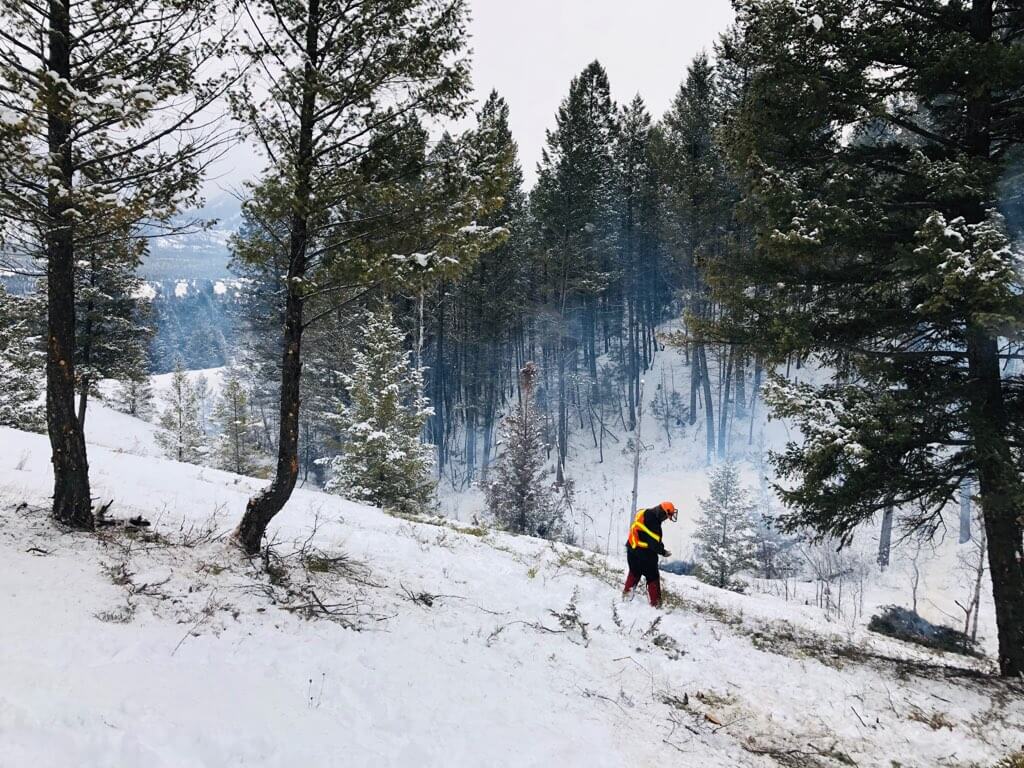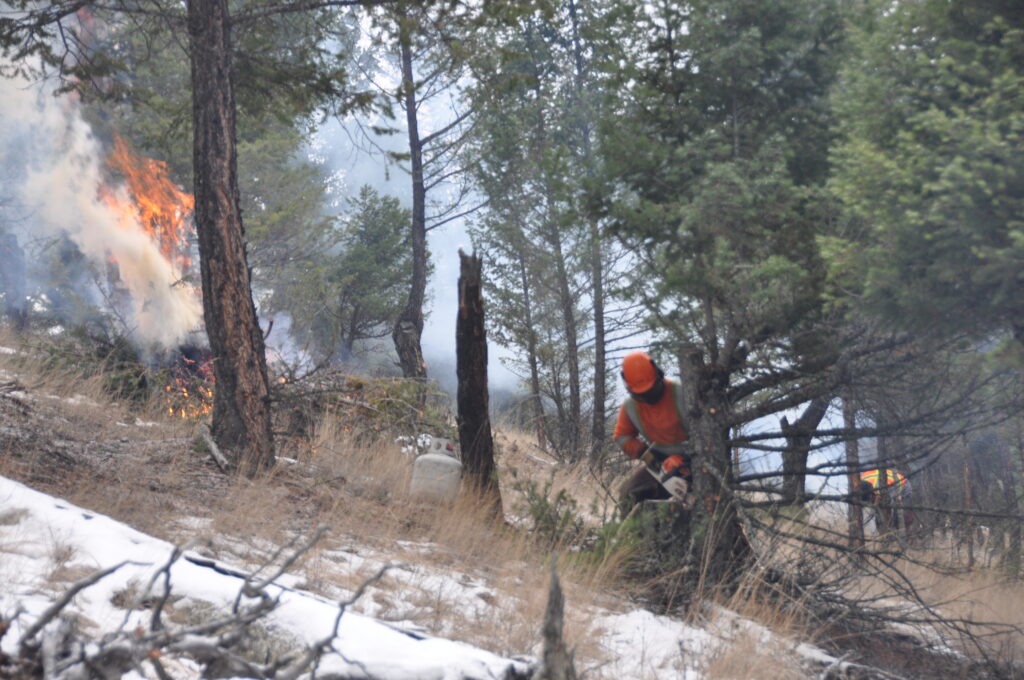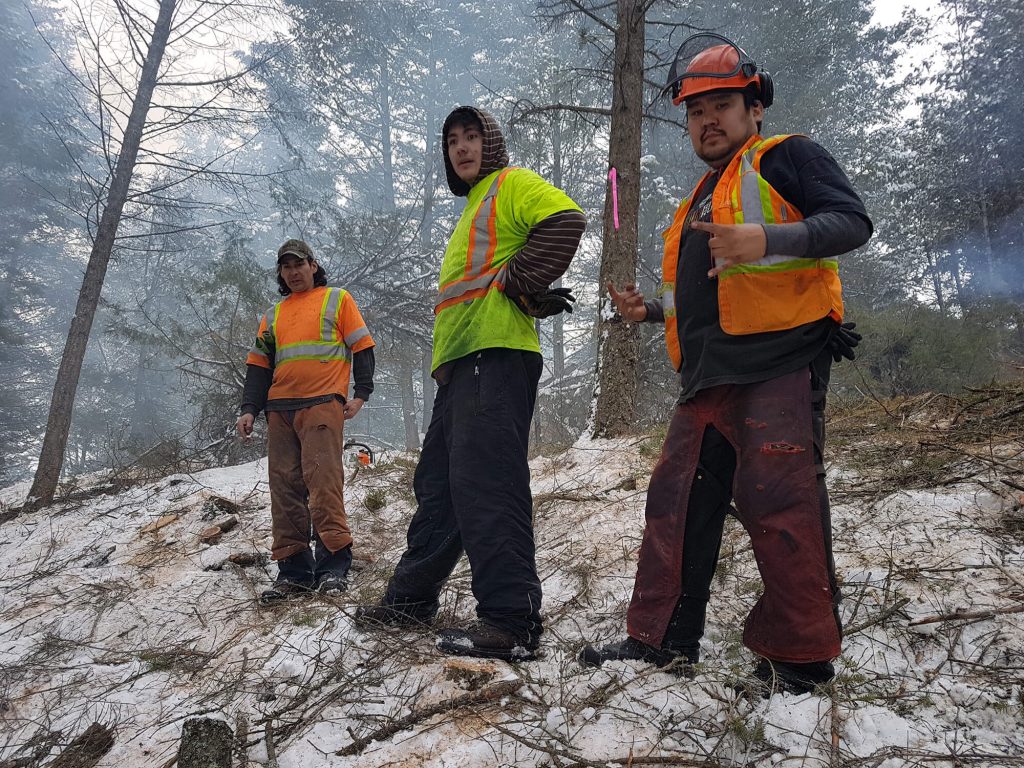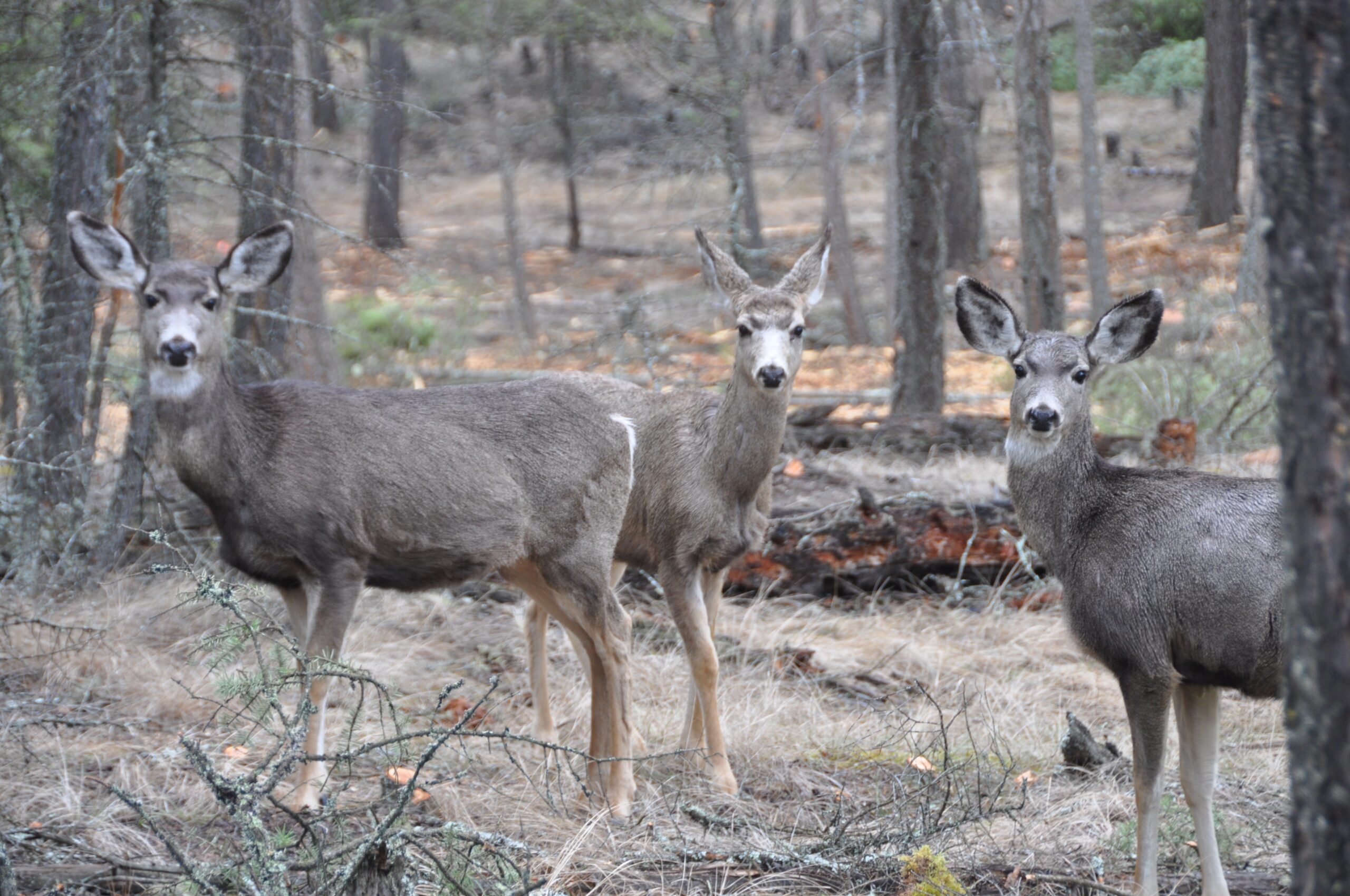Ecosystem Restoration
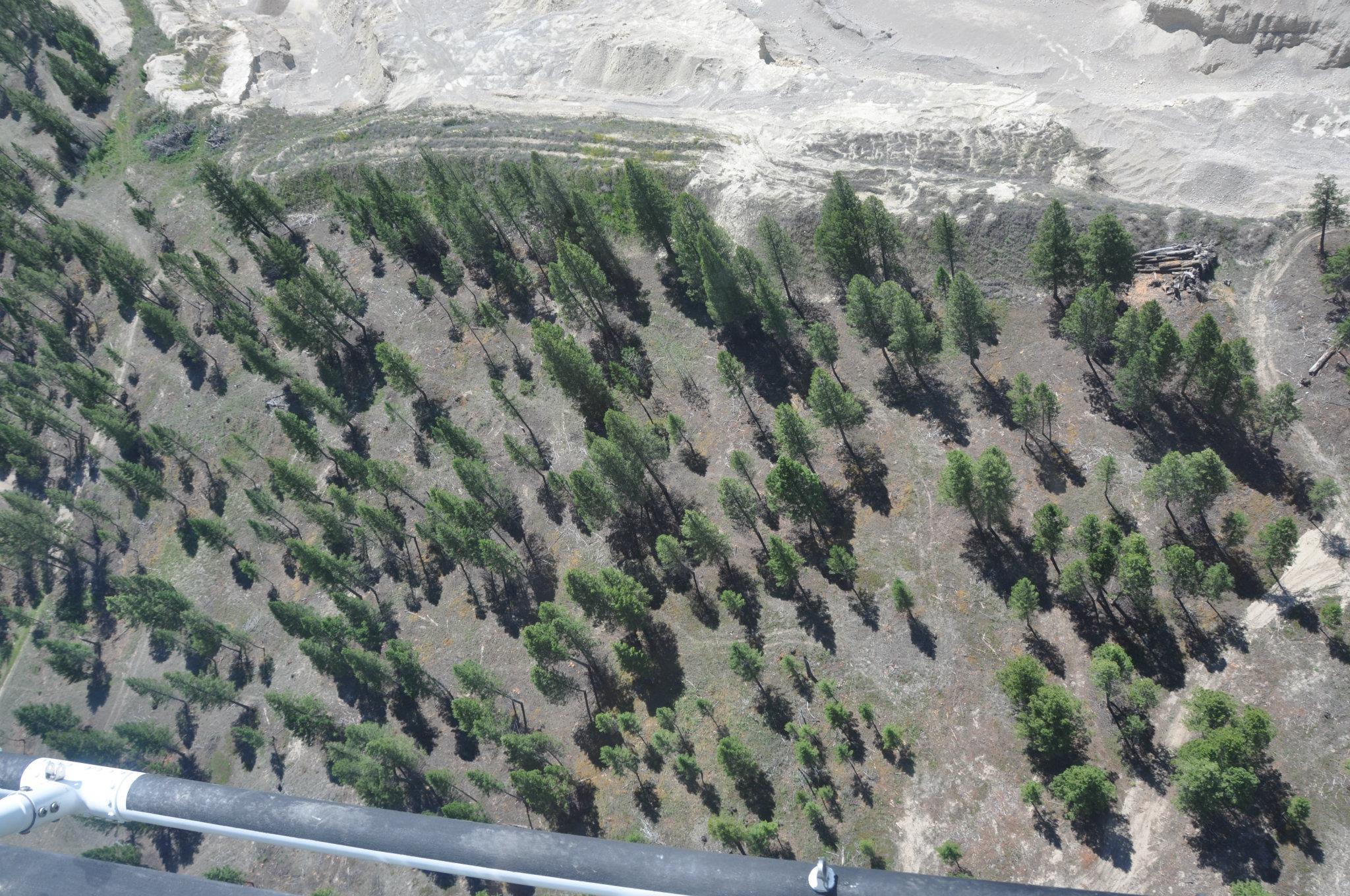
Ecosystem Restoration
Ecosystem Restoration (ER) is defined as the process of assisting with the recovery of an ecosystem that has been degraded damaged or destroyed by re-establishing its structural characteristics, species composition and ecological processes.
In the fire maintained ecosystems of British Columbia’s interior, a lack of wildfire due to decades of suppression, the absence of prescribed fire and applying no other intervention or disturbance processes as an adequate surrogate for the role of fire, has contributed to trees encroaching onto historic grasslands, as well as, excessive in-growth of trees in previously open forests.
Province wide, hundreds of thousands of hectares have been affected by this ecological change, causing a reduction of ecosystem resiliency to climate change pressures and a host of negative trends in open forest and grassland ecosystems.
ER treatments within the Douglas fir forest types of the East Kootenays may include increasing and improving historically open grassland and open forest units, reducing forest ingrowth encroachment combined with identifying, preserving and potentially enhancing existing habitat values.
To partially mitigate these adverse effects on the Crown land of British Columbia, a Ministry of Forests led, multi-sector Ecosystem Restoration (ER) initiative was announced by the Minister in the fall of 2006, supported by funding through 2009/10.
The initial target of the initiative is the fire-maintained ecosystems; however, in certain cases it may be deemed necessary to initiate treatment activities on other key ecosystems as well.
Managing for Multiple Values – Fire and fuel management objectives may overlap other identified land management objectives. Options for managing multiple values differs according to the fuel treatment objective (e.g., WRR around communities and human life and safety vs landscape).
Some of our projects have involved the Nature Conservancy of Canada on ungulate; Bighorn sheep habitat enhancement as well as with Environment and Climate Change Canada on the National Wildlife Management Area adjacent to the Columbia wetlands contributing to Badger habitat enhancement, and with Parks Canada on various habitat enhancement projects.
Wildlands Eco-Forestry has worked with the Shuswap Band on a federal Species at Risk project spanning a three-year period from 2016-2019. This Species at Risk program focuses on surveys, invasive plant identification and treatment and updating decades of past years data collection and finally compiling and reporting.
Shuswap Band
A 2-year Ecosystem Restoration/Wildfire Fuel Management program involving local employment opportunities, expanding upon the Band’s capacity building ethos including First Nations business development, crew training, project management was initiated in 2009.
The project included; Band member and local displaced forest worker employment and retraining, forest fuel management, habitat identification, recovery and/or enhancement, stream restoration/ hydro-logical assessment, invasive plant identification/treatment and mapping, as well as community partnership development between First Nations government and local municipal governments.
Over the past 13 years the Shuswap Band has assiduously worked to produce a long-term strategy for addressing the threat of wildfire to the Band lands and the local communities through various forest fuel management programs including a comprehensive Community Wildfire Protection Plan in 2010, updated in 2018 guiding the identification and prioritization of mitigation.
This program has steadily evolved to integrate not only forest fuel management and community safety, but to encompass ecosystem restoration/habitat enhancement objectives reflecting the mutually inclusive objectives and strategies of a sound multi-resource management program. Ongoing planning and mitigation, multi-year strategies encompassing several hundred hectares of forestland outlined in the CWPP currently involve Band members active in all aspects of the program.
Shuswap Band
Ecosystem Restoration
View our completed projects in partnership with the Shuswap Band.

